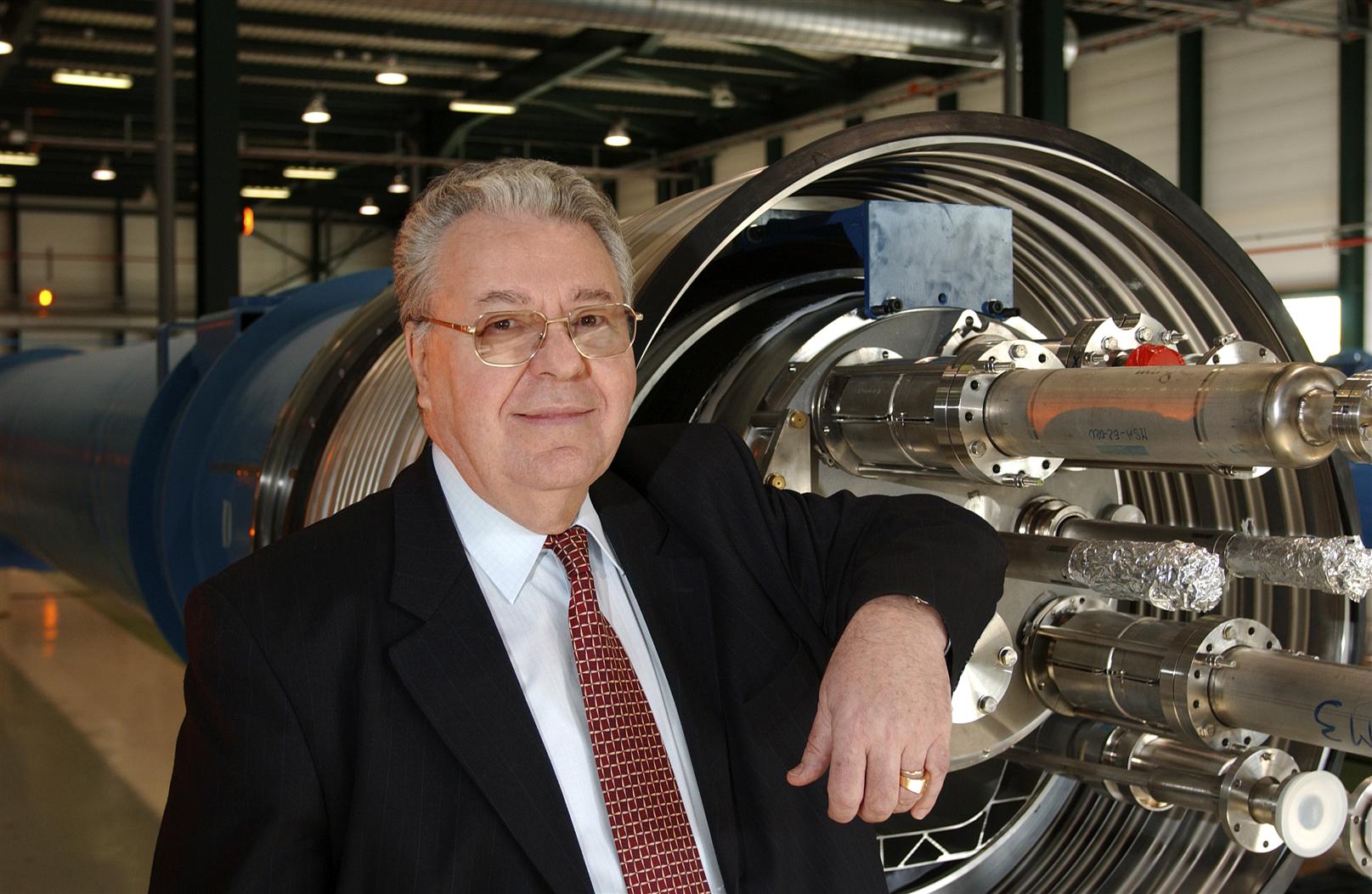Robert Aymar, CERN Director-General from January 2004 to December 2008, passed away on 23 September at the age of 88. His term of office was marked by the completion of construction and the first commissioning of the Large Hadron Collider (LHC). His experience of complex industrial projects proved to be crucial, as the CERN teams had to overcome numerous challenges linked to the LHC’s innovative technologies and their industrial production.
A specialist in plasma physics and its application in thermonuclear fusion, Robert Aymar had previously led major scientific projects based on innovative technologies. He directed the Tore Supra tokamak fusion research programme from 1977 to 1988, and then, from 1994, the International Thermonuclear Experimental Reactor (ITER) project, based on technologies developed for Tore Supra.
As Head of the Material Sciences division at the Commissariat à l’énergie atomique et aux énergies alternatives (French Alternative Energies and Atomic Energy Commission, CEA) from 1990 to 1994, he set out to bring together the physics of the infinitely large and the infinitely small, as well as the associated instrumentation, in an institute that has now become the Institut de recherche sur les lois fondamentales de l’Univers (Institute for Research into the Fundamental Laws of the Universe, CEA IRFU). He served on many national and international committees, and in 1993 he chaired the LHC External Review Committee, whose recommendation proved decisive in the project’s approval. In 2001, the CERN Council called on his expertise once again by entrusting him with the chairship of the LHC programme’s External Review Committee.
When he took over as Director-General of CERN in 2004, the construction of the LHC was well under way, but there were many industrial and financial challenges still to overcome. During his tenure, the machine was completed and the first beams circulated. That first start-up in 2008 was followed by a major technical problem that led to a shutdown lasting several months. But the LHC had demonstrated that it could run, and in 2009 the machine was successfully restarted.
Robert Aymar’s term of office also saw a simplification of CERN’s structure and procedures, aimed at making the Laboratory more efficient. He also set about reducing costs and secured additional funding to complete the construction and optimise the operation of the LHC.
A full obituary will appear later in the year in the CERN Courier.

